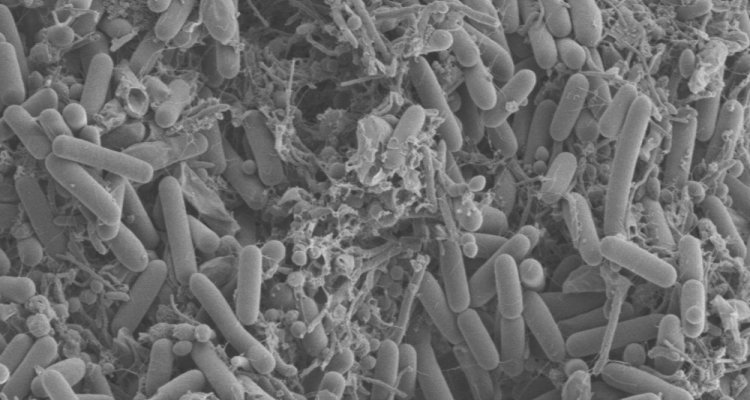
Open culture bio-conversions
Waste streams such as wastewater, garden and kitchen waste, and industrial CO2 emissions are resources for a wide variety of valuable chemicals. Efficient waste treatment and resource recovery is possible in a so-called open-culture bioreactor. This bioreactor is open to influx of micro-organisms from the waste stream and surroundings.
The microbial communities convert organic pollutants present into useful components. A well-known example is the fermentation of organic components into biogas. Microorganisms may also synthetize higher-value chemicals, such as fatty acids, alcohols, proteins, and sugars. These chemicals have many applications in industry and agriculture as feed additives, solvents, lubricants, bioplastics, fuels etc. However, currently these waste streams are hardly utilized to recover valuable resources.
Aim
In this research theme researchers aim for recovery and synthesis of valuable components from waste streams using controlled microbial communities, for optimal utilization of waste while closing the carbon cycle.
At ETE, scientists recognise the immense potential of collaborating microbial communities in the synthesis of valuable chemicals from waste. By manipulating reactor conditions, for example temperature, pH, flow rate, and nutrients, the bacterial species composition can be controlled, promoting the formation of different chemicals. ETE scientists are focusing on selecting those microbial populations that are capable of synthesizing the desired chemical while treating the waste-stream. At the same time, research focuses on eliminating polluting substances, like pharmaceutical residues and pathogens, to increase the quality and application of the recovered resources.
Research areas
The most important research areas contributing to synthesis and recovery of valuable chemical from waste streams are:
- Recovery of polymers from industrial waste water. Some polymers can be applied as flocculants in the dredging industry: they help to precipitate clay particles from sludge, resulting in a separation of water and clay.
- Synthesis of fatty acids from diverse organic waste streams. These fatty acids can be applied as feed supplements for cattle and thereby suppress pathogens present in the intestines of these animals. As a result, the need to use antibiotics can be reduced.
- Solid residue recovery of organic household waste The solids of organic residues originating from households can be modified to be better suited for use as soil conditioner in agriculture. If the microorganisms can deal with relatively high temperatures, the conditioning process can be accompanied by disinfection.





